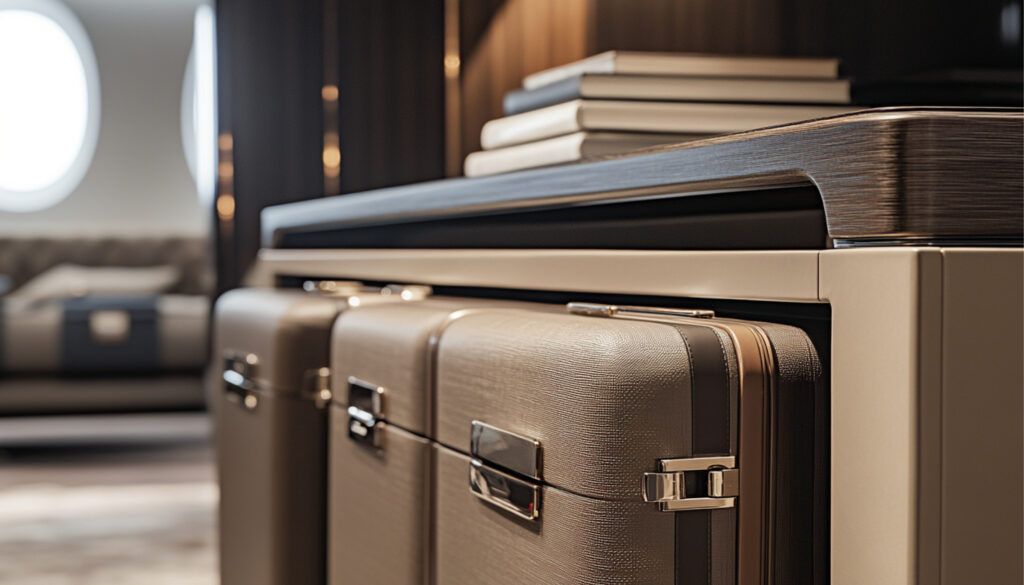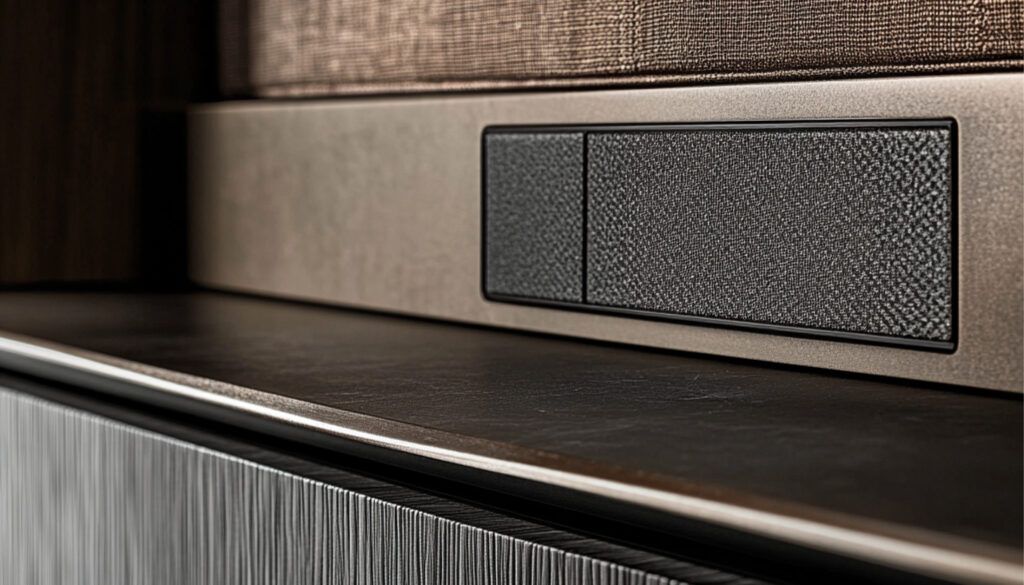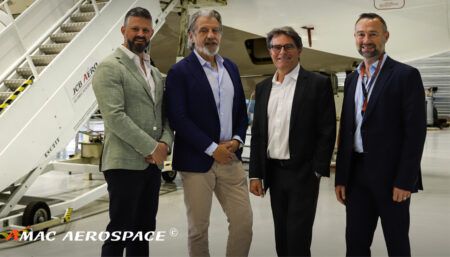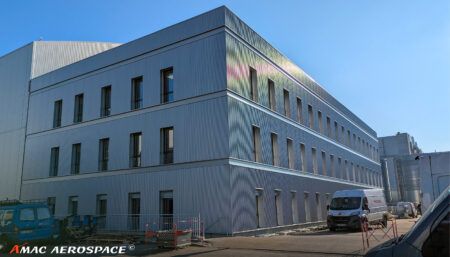Designer Alexander Craker shares a custom solution created to integrate luggage elegantly on a VIP jet, as well as his thoughts on the latest trends
Can you share a recent design solution?
One of our most refined solutions on a recent project was a custom furniture piece that integrated the owner’s luggage into the living space. It presents as an elegant sideboard, crafted from semi-gloss ebony veneer with polished titanium accents to harmonise with the cabin. Within its form is a precision-fitted luggage bay to house a set of bespoke travel cases. Using an invisible electro-mechanical locking mechanism, the cases remain within the credenza’s structure during flight, preventing any movement. A single touch button enables effortless access upon arrival. Beyond its practicality, this piece serves as a sculptural design element within the cabin. Soft LED accent lighting traces its edges.

What trends will shape jet interiors in the year ahead?
The industry is fixated on fleeting aesthetics, gimmicky technology and over-engineered spaces that mistake excess for innovation. The promise of seamless digital integration has given way to cluttered, hyper-responsive environments that demand constant interaction. Interiors once designed with restraint and harmony are now overwhelmed with customisable lighting, touchscreen controls for every minor adjustment, and AI-driven features that will feel outdated before the decade is over.
At the same time, sustainability has been reduced to a marketing exercise. Brands tout their use of recycled materials and “eco-friendly” finishes while continuing to produce interiors that will be stripped out and redesigned at the whim of shifting tastes. The most responsible approach to materials is choosing those that last – not those that simply fit into a temporary narrative of environmental consciousness. The industry would do well to look back at what has always worked: craftsmanship over customisation, longevity over instant appeal, and an understanding that true luxury is about what lasts.
Are design/visualisation technologies impacting you?
While tools like real-time rendering, VR and AI-assisted modelling allow us to refine our ideas with greater precision, there’s an increasing reliance on automation that threatens the essence of true creativity. Great design is about vision, originality and craftsmanship – qualities that can’t be replicated by an algorithm or generated by a machine. Yet, we see an influx of new designers and even established brands leaning heavily on AI-generated imagery and templated content, prioritising speed over substance.

Will the emergence of eVTOLs impact business jet interiors?
The emergence of eVTOLs is unlikely to meaningfully impact business jet interior design in a positive way. The two cater to entirely different experiences, and attempting to draw too much influence from eVTOL design risks diluting what makes business aviation unique. One major concern is the over-emphasis on technology-driven minimalism. While eVTOLs favour stripped-down interiors with lightweight materials and compact layouts, business jet travellers expect craftsmanship, privacy and customisation.
Moreover, the sustainability narrative surrounding eVTOLs may pressure manufacturers into adopting design elements that, while environmentally friendly, could compromise durability and aesthetics. Business jet interiors are meant to age gracefully, with timeless materials and handcrafted details – which could be lost if overly influenced by the fleeting trends of emerging eVTOL technology. Business jet design should resist prioritising novelty over luxury, comfort and individuality.
This interview was conducted by Izzy Kington and first published in the March/April 2025 edition of Business Jet Interiors International as part of the Design Forum feature.





